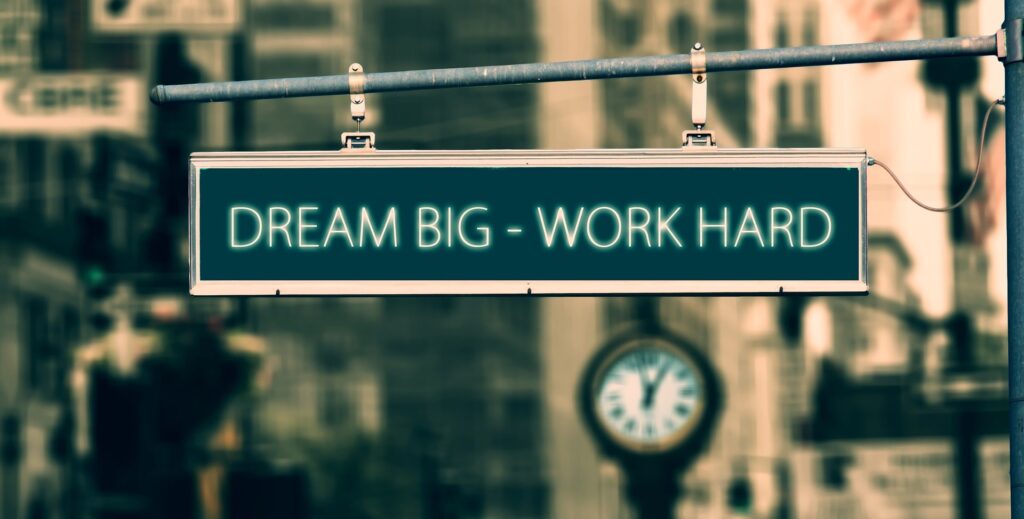
One of the most frequently asked questions—and one of those where I wish I had a crystal ball to help answer.
To clarify, there are indeed statistics and averages for these levels. Here’s a look:

Zdroj (Cambridge English – Guided Learning Hours):
https://support.cambridgeenglish.org/hc/en-gb/articles/202838506-Guided-learning-hours
The numbers for the top levels are high and somewhat intimidating, especially when you consider that these are guided hours. These statistics are used by schools and language institutions to plan courses, create curricula, and set exams. In fact, they are the basis for graduation requirements: vocational schools aim for B1, high schools for B2, and bilingual schools for C1. If you tally up the teaching hours over a school year (around 100 hours annually), everything lines up nicely. There’s even a bit extra. If you had English from, say, fifth grade through high school, you would have completed about 800-1000 hours (depending on the type of school).
So why aren’t you speaking perfect English? Well, not all hours are created equal. How many of those hours were truly well-prepared and taught? And how much time and effort did you invest yourself? I think you already have your answer.

From what we've discussed, reaching B2-C2 levels seems distant. However, it’s not as impossible as it may seem. Personally, I don’t believe that nowadays it’s necessary to invest 1000 hours with a tutor. Based on my experience, if you prepared reasonably well for English classes and exams, even after 5-10 years, you’ll likely have around an A2 level (passive). Usually, when you restart studying, your knowledge gradually re-activates and expands.

So, back to the question of how many hours are needed to advance one level. Before I give numbers, let me emphasize that it’s very individual and many factors come into play. Some of the most important include:
Other factors that may influence progress include age, the languages you already know, and your journey with them, as well as your enthusiasm and interest in different areas and grammar points. Why mention enthusiasm? Because students who can get excited about learning often pick up words and expressions much faster and progress further than those who are uninterested and sceptical.

A teraz tie dlho očakávané čísla podľa mojich (takmer 20-ročných) pozorovaní. Pri nižších leveloch, konkrétne z A1 do A2, A2 do B1, je to v priemere 50 vedených hodín, aby sa dosiahol posun o jeden level. Od úrovne B1 do B2 a z B2 do C1 je potrebných okolo 100 hodín formálneho štúdia s lektorom, pod jednou podmienkou – študent pracuje aj samostatne. Musí mať kontakt s jazykom mimo hodín, a to vo forme kníh, seriálov, podcastov, alebo komunikuje s ľuďmi, ktorých úroveň je na C úrovni. Na dosiahnutie úplne najvyššieho levelu C2 potrebujete ďalších 100-200 vedených hodín a určite to nepôjde bez kontaktu s rôznorodým materiálom z prakticky všetkých oblastí života na odbornej alebo vedecko-náučnej úrovni.
And one last point to consider: being a native speaker of a language doesn’t necessarily mean you have a C2 or even C1 level.


